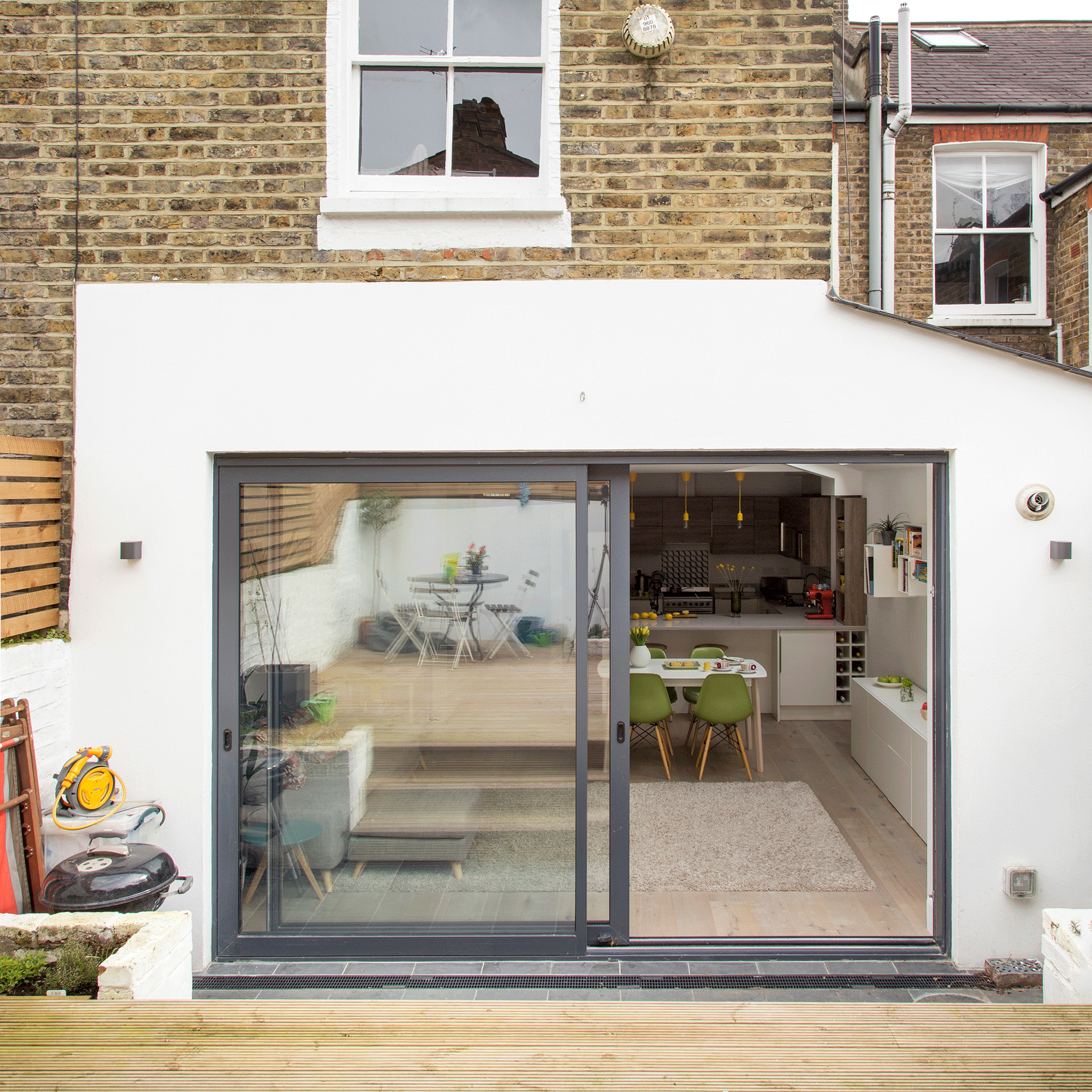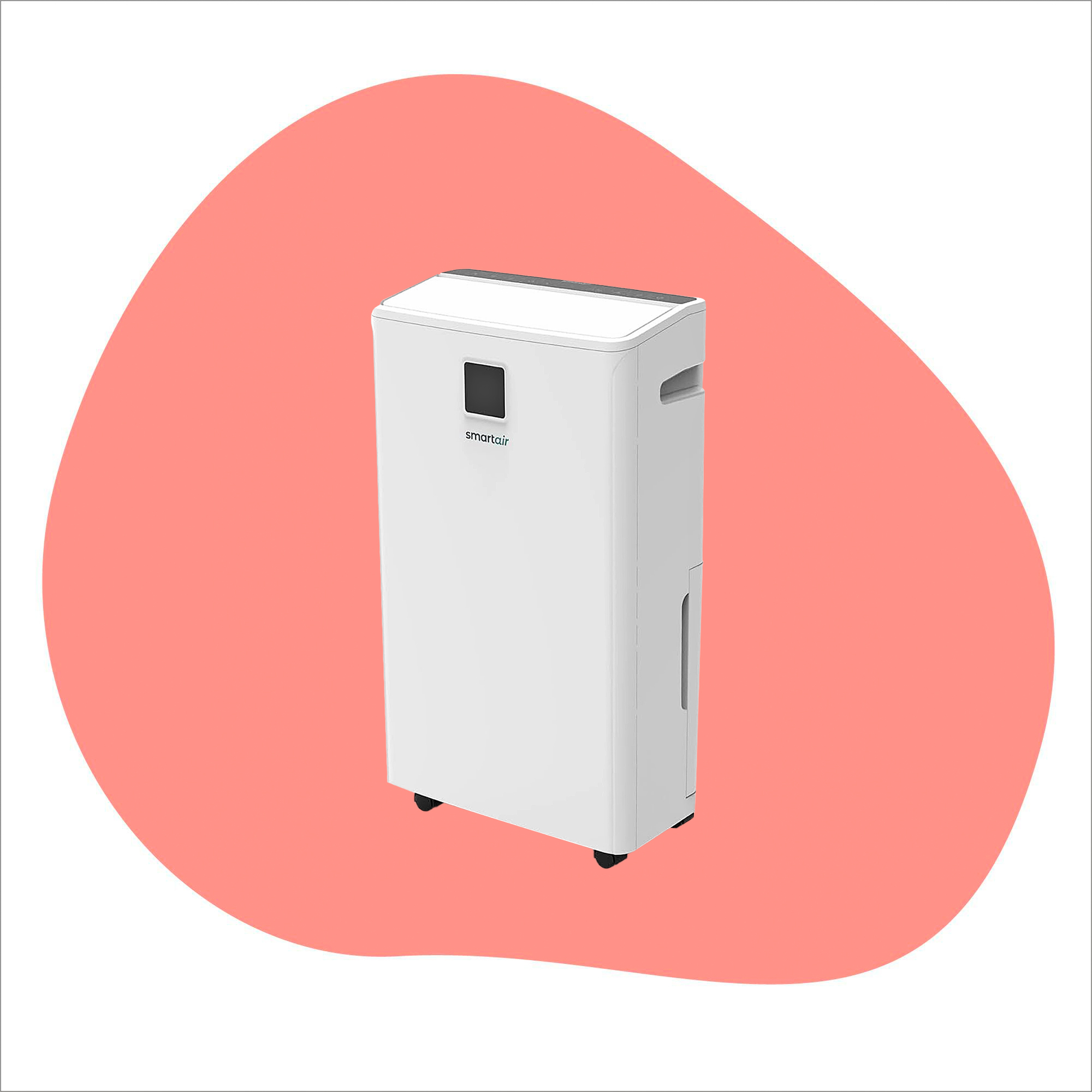Should you go for sliding patio doors? Everything you need to know, including the pros and cons, so you don't make the wrong choice
Are they the right choice for your home?


Ginevra Benedetti
When it comes to bringing the outside in, sliding patio doors are increasingly popular option. Not only can they improve connection with the garden, but also increase the amount of natural light that floods into your home, which has proven benefits on your health and wellbeing.
But with other patio door styles available, how do you know whether sliding doors are the right choice for your home? With input from sliding door specialists, we've broken down everything you need to know to make the right decision — considering everything from the bifold versus sliding doors debate, material and configuration options to how much they cost and the level of maintenance required.
Are sliding patio doors a good idea?

'There has been a noted increase in the popularity of sliding doors in recent years, which has seen a resurgence in the use of aluminium profiles,' says Ryan Schofield, Managing Director, Thames Valley Window Company. 'Sliding doors have evolved a lot over the decades, in terms of both their visual appeal and the technology and engineering behind their manufacture.'
But while sliding doors have some impressive benefits, they also have some drawbacks that will need to be considered.
Pros of sliding doors
- Can offer an improved connection to the garden thanks to large expanses of glass
- Depending on the material you choose, frames can be very thin
- Large sizes possible in a variety of configurations
- Can create wow-factor indoor/outdoor spaces
- Space-saving option as doors don't swing inwards or outwards
- Range of frame materials and colours to choose from.
Cons of sliding doors
- Don't open as wide as bifold doors
- Can be expensive depending on size and configuration as well as frame material and glazing choice
- No option for an access door
- May not be suitable for those with accessibility concerns due to lack of a level threshold
Ryan is Managing Director of Thames Valley Window Company, which specialises in windows and doors, including sliding doors. He has decades of experience in helping homeowners choose the right products for their home.
How big can sliding doors be?

The good news is that sliding doors can be configured to fit any size opening (although structural considerations will need to be made for larger apertures). Configurations can range in terms of the number of panels, which can open in the same direction or away from each other depending on the size and your personal preference.
'Sliding doors tend to be made up of two to six panels of glass, which slide sideways, along a track (as opposed to bi-fold doors which fold in a concertina-style manner)', says Ryan. 'They can be designed in a choice of configurations and sliding combinations, or even lift and slide variations for ease of operation with heavier panels.'
If you are really keen on opening up your home to the garden, sliding patio doors can also be used to open up the whole corner of a room, which can look pretty spectacular. You can also use them in combination with picture windows to flood your space with light, and create a real statement space.
Get the Ideal Home Newsletter
Sign up to our newsletter for style and decor inspiration, house makeovers, project advice and more.
What's the best frame material for sliding doors?

You have a few choices when it comes to frame materials for your sliding doors, and the best choice will depend on the look you are trying to achieve, what your budget is and how much maintenance you are willing to take on.
Aluminium is a popular choice. It's strong, which means thinner frames to hold the glass, lightweight, durable and low maintenance. You can also get frames in a range of colours to suit your home. However, all of these benefits come with a higher price tag than other materials. Plus, aluminium can look out of place on period homes.
At the budget end, there's uPVC. These have a lower cost than aluminium frames, so can be a great choice if you are on a tight budget. But it's not as strong as aluminium, which means thicker frames are required that might not be the look you are going for. You'll also find your colour options are limited and they might not have the same long-lifespan as aluminium.
If you want something to suit an older home, you can get timber framed sliding doors. This can help achieve a characterful look and is a sustainable option (if sourced from FSC certified forests. But they can be prone to movement and might require more maintenance than aluminium. Go for hardwood or engineered timber if your budget allows. If you choose softwood, make sure there's a decent guarantee, as these can be a little more flimsy.
You could also choose a composite frame, which is aluminium on the outside and timber on the inside. This can be an ideal option if you want the low maintenance of aluminium and the warmth of the wood.
At the top end, you can buy frameless structural sliding glass, but you'll need very deep pockets.
How much do sliding doors cost?

There are a few factors that will affect the cost of your sliding patio doors, from the frame and glass you choose, the number of panels and how you want them to open as well as the type of track the doors run on.
Thomas Oldham, Co-Founder, UK Construction Blog says: 'In terms of price, sliding doors fall somewhere in the middle. Expect to pay between £800 and £2,600 for uPVC, £1,165 to £3,075 for aluminium, and £1,345 to £3,550 for timber versions. The final cost depends on factors like size, material, and the number of panels, as well as your location.'
When it comes to how sliding door prices compare to bifolds and French doors, Paul Oxley, windows and doors expert at Clearview, says the prices are pretty comparable for smaller openings but you can see sliding door costs rise the bigger you go. He says: 'When you go to much larger sizes, sliding doors are more expensive due to the increased m2 cost of glass and a more labour needed to install.'
If you opt for triple over double glazing, you can also expect to pay more.
Having worked in the engineering and construction industry for over a decade, Thomas has worked as lead engineer on large scale projects for global clients such as Ford, Audi and Jaguar. He has spent the past four years using his expertise to develop the UK Construction Blog - a leading online platform dedicated to empowering individuals and businesses in the construction industry for over 14 years.
Where to buy sliding patio doors
- The Alternative Window Company
- Anglian
- Express Bi-Folding Doors
- IQ Glass
- Kloeber
- Origin
- Sunflex UK
- Thames Valley Window Company
- Vufold
What kind of maintenance do sliding door require?
Whatever frame material or configuration you choose, the fitting process is critical. If the sliding doors aren't installed correctly, you'll know about it at some point down the line, even if they seem to work fine at first. And this could be costly. So best to leave the installation to the professionals if you want to keep maintenance low.
But if fitted correctly, maintenance should be pretty straightforward, but you'll need to check with your supplier whether any specific maintenance is required depending on the type of frame you choose. When it comes to maintaining aluminium sliding doors, Thomas says: 'Just clean the glass, frames, and tracks regularly to keep everything in top shape.'
He adds: 'Also, avoid lubricating aluminium tracks, as it can attract dirt and make things worse. A quick seasonal check will keep your doors running smoothly and quietly, letting in fresh air with ease.'
It's worth vacuuming the track and wiping round the roller mechanism every couple of weeks or so to make sure there are no obstructions. If you are having problems, you can usually learn how to fix glass sliding doors yourself.
How do sliding doors compare to bifold doors?
You might find yourself torn between sliding and bifold doors, so how do they compare? While sliding doors slide back and forth along a track, bifold doors subdivide the glass multiple times and need stacking space when opening.
While both can offer a stylish connection to the garden, sliding doors won’t open up quite as much as bifold doors, as the sliding panel sits behind another. So while a bifold door could open up a space almost entirely, a two pane sliding door will only allow a 50% opening (or a two-thirds opening on a three-pane configuration (unless you opt for a pocket door style).
As bifold doors can be folded back completely, they may be the better option if your main concern is to have plenty of space for people to flow from the kitchen to the garden. If you're more interested in garden views and are happy with a door that simply slides from side to side, sliding doors are a safe option.
If accessibility is a concern, then sliding doors may not be the option for you. 'Bifold doors can also be installed with either a level or weathered threshold, whereas a sliding patio door cannot have a level threshold,' says Victoria Brocklesby, COO, Origin. 'A level threshold removes trip hazards, creating a seamless transition which is a great option for people looking to make homes as accessible as possible.'
Victoria co-founded Origin more than 20 years ago and has a wealth of experience in helping homeowners choose the right options for their home.
If you want to bring even more light into your home, you could team your sliding patio doors with another type of window, like a picture window, too.

Sarah Handley has been Ideal Home’s Section Editor for Renovation since September 2024, following three years of looking after the site's home finance content. She has been a journalist since 2007 and has worked for a range of titles including Homebuilding & Renovating, Real Homes, GoodtoKnow, The Money Edit and more.
- Ginevra BenedettiDeputy Editor (Print)
You must confirm your public display name before commenting
Please logout and then login again, you will then be prompted to enter your display name.
-
 I tried out this neat little dehumidifier for a month – it dried my laundry in half the time
I tried out this neat little dehumidifier for a month – it dried my laundry in half the timeThe 20L SmartAir Dry Zone dehumidifier tackled my laundry drying woes head on
By Jenny McFarlane
-
 I’m seeing pastel garden furniture at all my favourite brands this spring, but QVC’s sorbet collection impressed me the most
I’m seeing pastel garden furniture at all my favourite brands this spring, but QVC’s sorbet collection impressed me the mostFresh pastel shades are a great way to liven up your outdoor space
By Kezia Reynolds
-
 Don't tell my flatmates, but Joseph Joseph's clever new sink range finally made me enjoy washing up
Don't tell my flatmates, but Joseph Joseph's clever new sink range finally made me enjoy washing upI didn't know stylish washing up accessories existed until I saw this collection
By Holly Cockburn